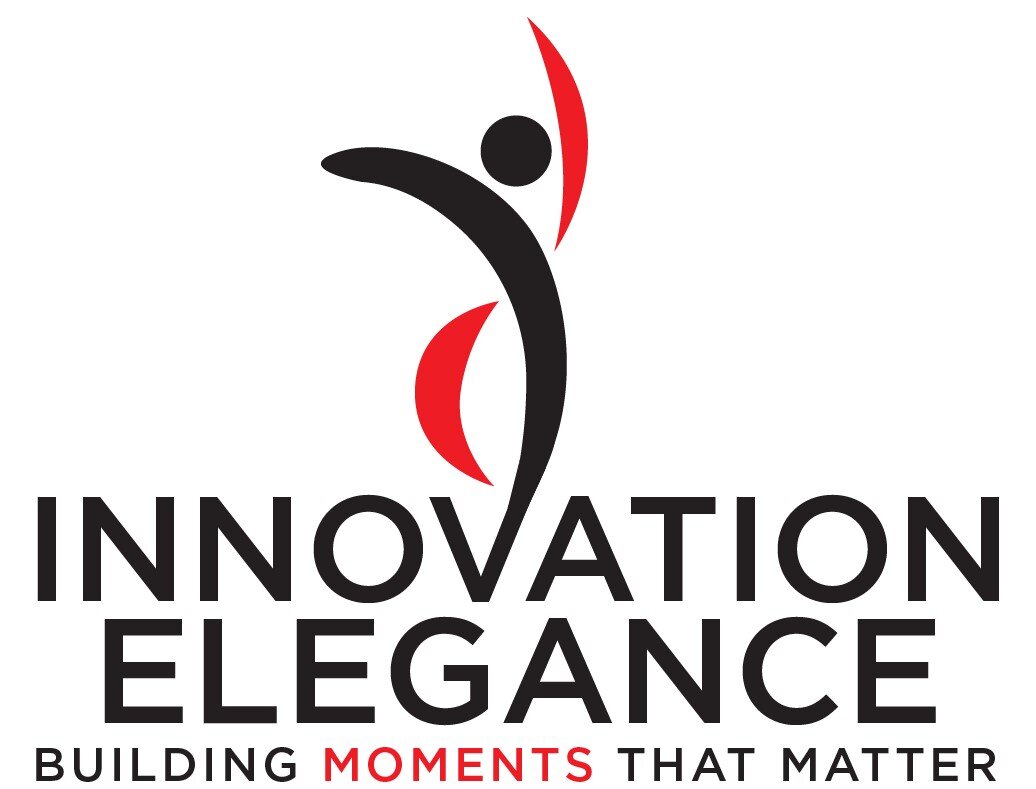Traceability Matrix
No asset exists in isolation, and no specification within an asset is an orphan. Nothing gets to appear or disappear without an explanation. Everything has a relationship to something else and points to something upstream and downstream. In other words, everything is traceable. A Traceability Matrix shows the origin(s) of each specification.
A traditional traceability matrix is a single two-axis spreadsheet that maps Requirements to Test Cases.
The Elegance methodology recommends a Traceability Matrix as an inventory (non-exhaustive example is below) since mapping shouldn’t be limited to only Requirements and Test Cases. Traceability is valuable between every related asset. This matrix lists the common elements (a.k.a. “cross references) between two assets.
Recording the actual traceability occurs in the downstream asset. Next to each item in the downstream asset, specify the corresponding item(s) (origin) from the upstream asset(s). Instead of a single Traceability Matrix, demonstrate traceability through a single column on multiple assets.
The surface benefit of a Traceability Matrix (snapshot above) is prevention of omissions and scope creep. Its subtle benefit is that it points the way to the next asset of work; i.e. once an upstream asset above is done, the downstream asset is next!


